Grow High Yield Cucumbers and transform your garden into a cucumber paradise! Imagine biting into crisp, juicy cucumbers fresh from your own backyard. Sounds amazing, right? For centuries, cucumbers have been a garden staple, dating back to ancient civilizations in India and beyond. They were prized not only for their refreshing taste but also for their medicinal properties.
But let’s be honest, sometimes getting a truly bountiful cucumber harvest can feel like a real challenge. You might be struggling with small yields, bitter fruits, or plants that just don’t seem to thrive. That’s where these DIY tricks and hacks come in! I’m going to share some simple yet effective techniques that will help you grow high yield cucumbers, even if you’re a beginner gardener.
This isn’t just about having more cucumbers; it’s about enjoying the satisfaction of nurturing your own food, reducing your grocery bills, and knowing exactly what’s going into your meals. Plus, who wouldn’t want to impress their friends and neighbors with an overflowing cucumber patch? So, get ready to roll up your sleeves and discover the secrets to a cucumber bonanza!
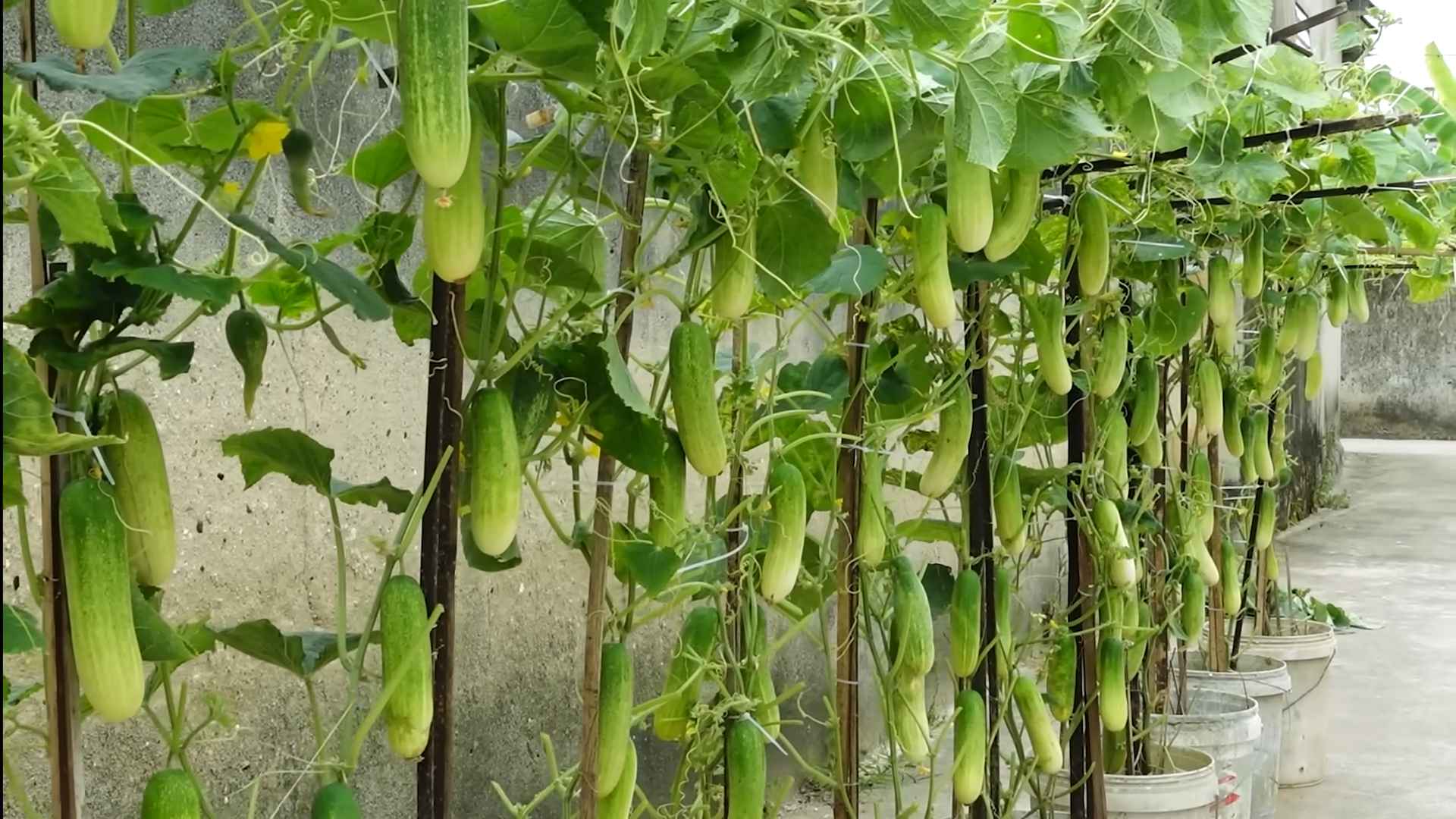
Grow High-Yield Cucumbers: My Foolproof DIY Guide
Okay, cucumber lovers, listen up! I’m about to spill all my secrets for growing a cucumber crop so bountiful, you’ll be giving them away to the neighbors (and maybe pickling a few hundred jars!). Forget those sad, spindly cucumbers you find at the grocery store. We’re talking crisp, juicy, and bursting with flavor, all thanks to a few simple DIY tricks.
Choosing the Right Cucumber Variety
Before we even think about soil, let’s talk varieties. Not all cucumbers are created equal! Some are better suited for slicing, others for pickling, and some are just all-around superstars.
* Slicing Cucumbers: These are your classic salad cucumbers. Think long, smooth skin and mild flavor. ‘Marketmore 76’ and ‘Straight Eight’ are reliable choices. I personally love ‘Spacemaster’ if you’re short on space, as it’s a bush variety.
* Pickling Cucumbers: These are smaller, with bumpy skin, and a slightly more intense flavor. ‘National Pickling’ and ‘Boston Pickling’ are popular for a reason.
* Burpless Cucumbers: If you’re sensitive to cucumbers, these are your friends! They have thinner skins and fewer seeds, making them easier to digest. ‘Sweet Slice’ and ‘Armenian’ (which is technically a melon, but tastes like a cucumber!) are great options.
* Novelty Cucumbers: Want to get adventurous? Try lemon cucumbers (round and yellow) or Mexican sour gherkins (tiny, grape-sized cucumbers).
My Recommendation: I usually plant a mix! A few slicing varieties for salads, a pickling variety for, well, pickles, and maybe a fun novelty cucumber just for kicks.
Preparing Your Cucumber Patch
Cucumbers are hungry plants, so soil preparation is key. They need well-drained soil that’s rich in organic matter.
* Sunlight: Cucumbers need at least 6-8 hours of sunlight per day. Choose a sunny spot in your garden.
* Soil Testing: Ideally, you should test your soil to see what nutrients it’s lacking. Your local garden center or agricultural extension office can help with this.
* Amending the Soil: Regardless of your soil type, adding compost is always a good idea. I like to work in a generous amount of composted manure or aged compost a few weeks before planting. This will improve drainage, add nutrients, and help retain moisture.
* pH Level: Cucumbers prefer a soil pH between 6.0 and 7.0. If your soil is too acidic (below 6.0), you can add lime to raise the pH. If it’s too alkaline (above 7.0), you can add sulfur to lower it.
My Secret Weapon: I also like to add a handful of bone meal to each planting hole. Bone meal is a great source of phosphorus, which promotes strong root growth and fruit development.
Planting Your Cucumber Seeds or Seedlings
You can start cucumber seeds indoors 3-4 weeks before the last expected frost, or direct sow them in the garden after the soil has warmed up to at least 60°F (15°C).
* Starting Seeds Indoors: Use seed-starting trays or small pots filled with seed-starting mix. Plant seeds about ½ inch deep and keep the soil moist. Place the trays in a warm, sunny location or under grow lights.
* Direct Sowing: Sow seeds about 1 inch deep and 2-3 inches apart. Once the seedlings emerge, thin them to 12-18 inches apart for bush varieties and 24-36 inches apart for vining varieties.
* Transplanting Seedlings: Harden off your seedlings by gradually exposing them to outdoor conditions for a week before transplanting. Dig holes slightly larger than the root balls and space them according to the variety’s recommendations. Gently remove the seedlings from their containers and place them in the holes. Backfill with soil and water thoroughly.
Important Tip: Be gentle when handling cucumber seedlings. They have delicate roots and don’t like to be disturbed.
Providing Support: Trellising for Success
Cucumbers are natural climbers, and trellising them is one of the best things you can do for a high-yield crop.
* Benefits of Trellising:
* Improved air circulation, which reduces the risk of fungal diseases.
* Easier harvesting.
* More efficient use of space.
* Cleaner, straighter cucumbers.
* Trellising Options:
* A-Frame Trellis: This is a simple and sturdy option that you can easily build yourself.
* Vertical Trellis: Use a fence, wall, or sturdy posts with wire or netting stretched between them.
* Cattle Panel Trellis: These are readily available at farm supply stores and are very durable.
* Training Your Cucumbers: As the cucumber vines grow, gently guide them onto the trellis and tie them loosely with twine or plant clips.
My DIY Trellis: I like to build a simple A-frame trellis using bamboo poles and twine. It’s inexpensive, easy to assemble, and works perfectly for my cucumber plants.
Watering and Fertilizing for Maximum Growth
Cucumbers need consistent moisture and plenty of nutrients to thrive.
* Watering: Water deeply and regularly, especially during hot, dry weather. Aim for at least 1 inch of water per week. Use a soaker hose or drip irrigation to water at the base of the plants, avoiding wetting the foliage.
* Fertilizing: Feed your cucumber plants every 2-3 weeks with a balanced fertilizer or a fertilizer specifically formulated for vegetables. I like to use a liquid fertilizer diluted to half strength.
* Mulching: Apply a layer of mulch around the base of the plants to help retain moisture, suppress weeds, and regulate soil temperature. Straw, wood chips, or shredded leaves are all good options.
Watering Hack: I bury a few empty plastic bottles with holes drilled in them near my cucumber plants. I fill the bottles with water, and they slowly release moisture into the soil, keeping the roots consistently hydrated.
Pest and Disease Control
Cucumbers are susceptible to a few common pests and diseases.
* Common Pests:
* Cucumber Beetles: These small, yellow and black beetles can damage foliage and spread diseases. Handpick them off the plants or use row covers to protect your cucumbers.
* Aphids: These tiny, sap-sucking insects can weaken plants. Spray them with a strong stream of water or use insecticidal soap.
* Squash Bugs: These pests can be difficult to control. Handpick them off the plants or use neem oil.
* Common Diseases:
* Powdery Mildew: This fungal disease causes a white, powdery coating on the leaves. Improve air circulation and spray with a fungicide if necessary.
* Downy Mildew: This fungal disease causes yellow spots on the leaves. Avoid overhead watering and spray with a fungicide if necessary.
* Bacterial Wilt: This disease is spread by cucumber beetles and causes the plants to wilt and die. Control cucumber beetles to prevent bacterial wilt.
My Natural Pest Control: I make a homemade insecticidal soap by mixing 1 tablespoon of liquid dish soap with 1 gallon of water. I spray this on my plants to control aphids and other soft-bodied insects.
Harvesting Your Bountiful Crop
The moment we’ve all been waiting for! Harvesting your cucumbers at the right time is crucial for optimal flavor and texture.
* Harvesting Time: Harvest cucumbers when they are the desired size and color for the variety you’re growing. Slicing cucumbers are usually ready to harvest when they are 6-8 inches long, while pickling cucumbers are ready when they are 3-4 inches long.
* Harvesting Technique: Use a sharp knife or pruners to cut the cucumbers from the vine, leaving a short stem attached.
* Regular Harvesting: Harvest cucumbers regularly to encourage the plants to produce more fruit. Overripe cucumbers can become bitter and seedy.
Harvesting Tip: Check your cucumber plants every day or two during peak season. They can grow quickly!
Step-by-Step Instructions: From Seed to Salad
Okay, let’s break down the entire process into easy-to-follow steps:
1. Choose Your Cucumber Variety: Decide what kind of cucumbers you want to grow (slicing, pickling, burpless, etc.) and select a variety that’s well-suited to your climate.
2. Prepare Your Soil: Choose a sunny spot in your garden and amend the soil with compost and bone meal. Ensure the soil is well-drained and has a pH between 6.0 and 7.0.
3.
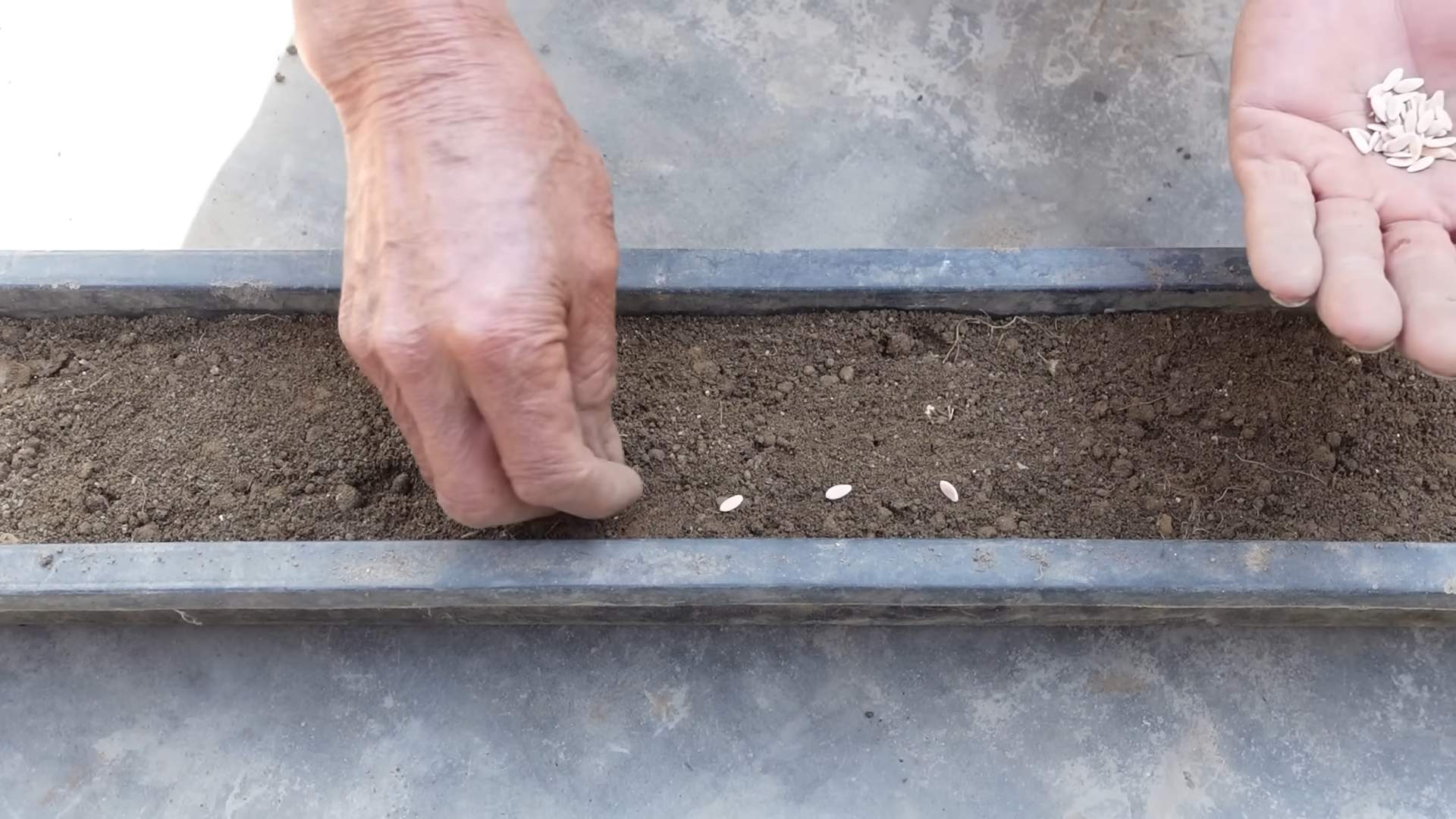
Conclusion
So, there you have it! Mastering the art of growing high yield cucumbers isn’t about magic; it’s about understanding the plant’s needs and implementing a few strategic DIY tricks. We’ve explored the power of vertical gardening, the importance of consistent watering and nutrient-rich soil, and the magic of companion planting. These aren’t just suggestions; they’re proven methods that can dramatically increase your cucumber harvest.
Think about it: imagine walking into your garden and being greeted by a thriving cucumber vine, laden with crisp, juicy cucumbers. No more trips to the grocery store for subpar produce. No more wondering if your cucumbers are truly organic. Just the satisfaction of knowing you nurtured these delicious vegetables from seed to table.
But the benefits extend beyond just a bountiful harvest. Gardening is therapeutic. It connects us to nature, reduces stress, and provides a sense of accomplishment. And when you’re growing your own food, you’re also making a conscious choice to eat healthier and more sustainably.
Don’t be afraid to experiment! Try different cucumber varieties to find your favorites. Some, like the Spacemaster, are specifically bred for container gardening and smaller spaces. Others, like the Armenian cucumber (which is technically a melon!), offer unique flavors and textures. Consider adding marigolds or nasturtiums to your cucumber patch to deter pests naturally. You could even try succession planting, sowing new seeds every few weeks, to ensure a continuous harvest throughout the growing season.
The key to success in growing high yield cucumbers lies in consistent care and attention. Check your plants regularly for signs of pests or diseases. Adjust your watering schedule based on the weather. And don’t be afraid to prune your vines to encourage air circulation and fruit production.
We’re confident that with these DIY tricks, you’ll be well on your way to enjoying a bumper crop of cucumbers. But don’t just take our word for it. Get out there, get your hands dirty, and experience the joy of growing your own food.
We encourage you to try these techniques and share your experiences with us! Post pictures of your cucumber harvests on social media using #GrowYourOwnCucumbers and tag us so we can celebrate your success. Let’s build a community of gardeners who are passionate about growing high yield cucumbers and sharing their knowledge with others. Your tips and tricks could inspire someone else to start their own gardening journey. Happy gardening!
Frequently Asked Questions (FAQ)
What are the best cucumber varieties for high yields?
The best cucumber varieties for high yields often depend on your growing conditions and preferences. However, some consistently high-yielding varieties include:
* **Spacemaster:** Ideal for container gardening and smaller spaces, producing abundant yields of dark green cucumbers.
* **Bush Champion:** Another excellent choice for compact gardens, offering a good yield of flavorful cucumbers.
* **Marketmore 76:** A classic slicing cucumber known for its disease resistance and high productivity.
* **Straight Eight:** A reliable heirloom variety that produces long, straight cucumbers with a mild flavor.
* **Diva:** A parthenocarpic variety (meaning it doesn’t require pollination) that produces seedless cucumbers, even in the absence of bees.
Consider your local climate and growing space when selecting your cucumber varieties. Research disease resistance and days to maturity to choose the best options for your needs.
How often should I water my cucumber plants?
Cucumbers need consistent moisture to thrive and produce high yields. Water deeply and regularly, especially during hot, dry weather. Aim to keep the soil consistently moist but not waterlogged. A good rule of thumb is to water deeply every 2-3 days, or more frequently if the top inch of soil feels dry to the touch.
Using a soaker hose or drip irrigation system can help deliver water directly to the roots, minimizing water waste and reducing the risk of fungal diseases. Mulching around your cucumber plants can also help retain moisture in the soil.
What kind of fertilizer should I use for cucumbers?
Cucumbers are heavy feeders and benefit from regular fertilization. Use a balanced fertilizer with equal parts nitrogen, phosphorus, and potassium (e.g., 10-10-10) at planting time. Once the plants start producing flowers and fruits, switch to a fertilizer with a higher phosphorus content (e.g., 5-10-5) to promote fruit development.
You can also supplement with organic fertilizers like compost tea, fish emulsion, or bone meal. Apply fertilizer according to the package directions, and avoid over-fertilizing, which can burn the roots.
How do I prevent pests and diseases from affecting my cucumber plants?
Preventing pests and diseases is crucial for growing high yield cucumbers. Here are some tips:
* **Choose disease-resistant varieties:** Select cucumber varieties that are known to be resistant to common diseases like powdery mildew, downy mildew, and cucumber mosaic virus.
* **Practice crop rotation:** Avoid planting cucumbers in the same spot year after year to prevent the buildup of soilborne diseases.
* **Provide good air circulation:** Space your plants adequately and prune them regularly to improve air circulation and reduce humidity, which can promote fungal diseases.
* **Control weeds:** Weeds can harbor pests and diseases, so keep your garden free of weeds.
* **Use insecticidal soap or neem oil:** If you notice pests like aphids, cucumber beetles, or squash bugs, treat them with insecticidal soap or neem oil.
* **Companion planting:** Plant marigolds, nasturtiums, or other beneficial plants near your cucumbers to deter pests.
Why are my cucumber flowers falling off without producing fruit?
This is a common problem called blossom drop, and it can be caused by several factors:
* **Poor pollination:** Cucumbers need to be pollinated to produce fruit. If there are not enough bees or other pollinators in your garden, you may need to hand-pollinate the flowers.
* **High temperatures:** Temperatures above 90°F (32°C) can interfere with pollination and cause blossom drop.
* **Water stress:** Insufficient watering can also lead to blossom drop.
* **Nutrient deficiencies:** A lack of phosphorus or other essential nutrients can cause the flowers to fall off.
To prevent blossom drop, ensure your plants are adequately watered, fertilized, and pollinated. You can also try shading your plants during the hottest part of the day.
Can I grow cucumbers in containers?
Yes, you can absolutely grow cucumbers in containers! Choose a large container (at least 5 gallons) with good drainage. Use a well-draining potting mix and select compact or bush varieties like Spacemaster or Bush Champion. Provide a trellis or other support for the vines to climb. Water and fertilize regularly, and place the container in a sunny location.
How do I know when my cucumbers are ready to harvest?
Cucumbers are typically ready to harvest when they reach the desired size and color for their variety. Check the seed packet or plant tag for specific information. Generally, slicing cucumbers are ready when they are about 6-8 inches long and dark green. Pickling cucumbers are harvested when they are smaller, around 2-4 inches long.
Harvest cucumbers regularly to encourage continued production. Use a sharp knife or pruners to cut the cucumber from the vine, leaving a short stem attached.
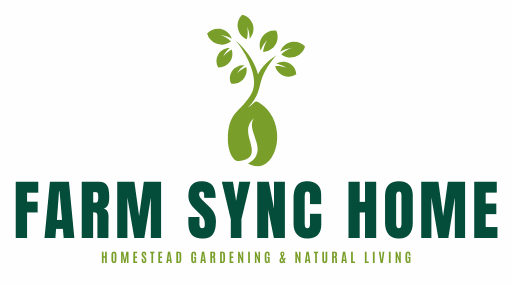

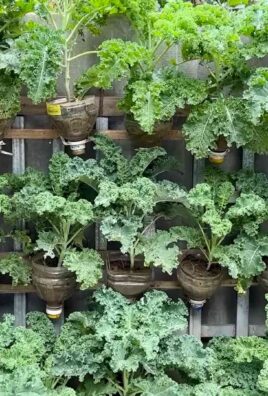
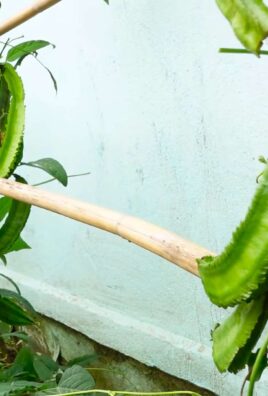

Leave a Comment